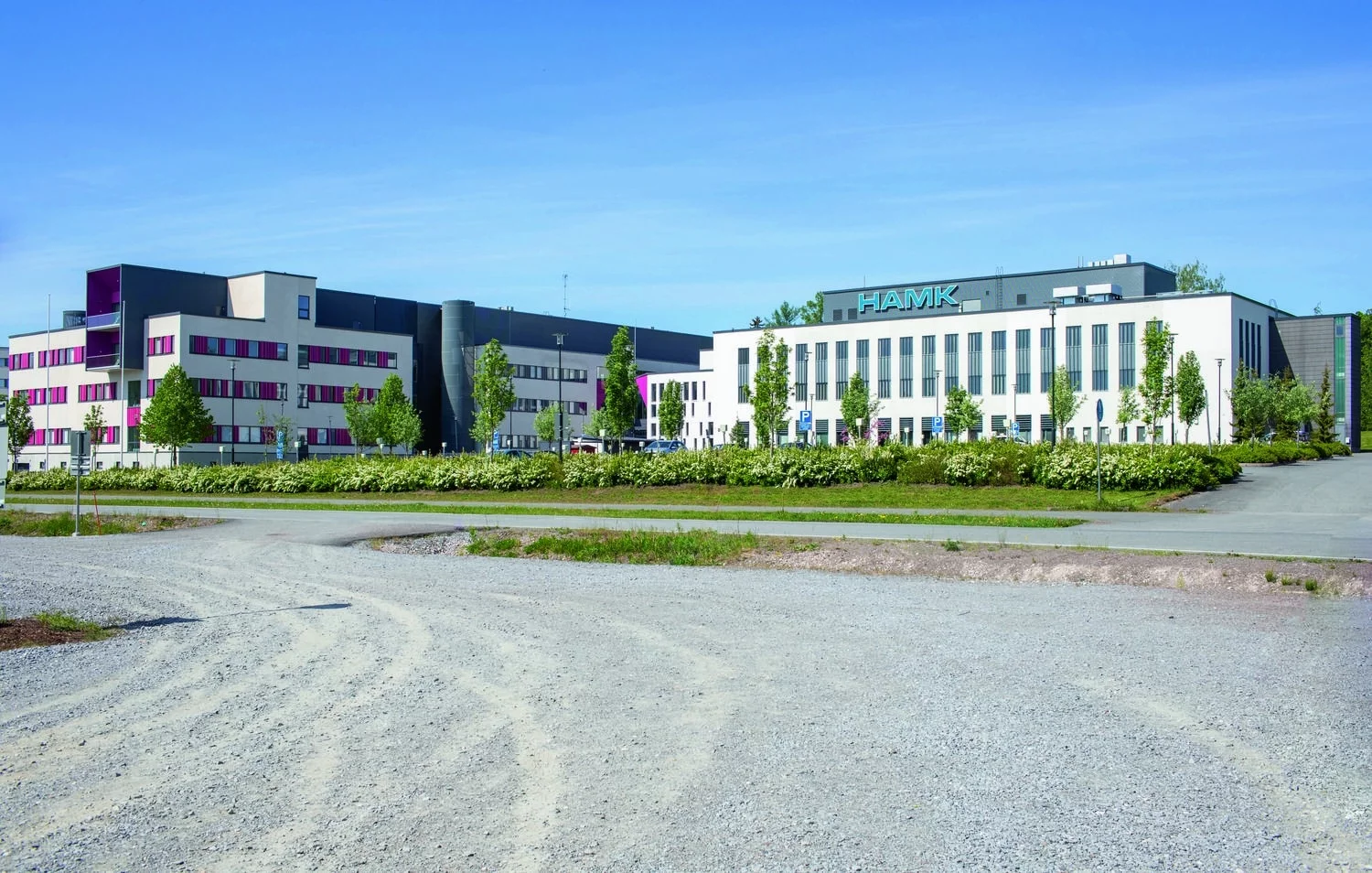
ILMARA
Adapting the built environment of Kanta-Häme to climate change


Project info
| Project | Adapting the built environment of Kanta-Häme to climate change (ILMARA) |
| Duration | 1.4.2023-30.9.2025 |
| Implementors | Hämeen ammattikorkeakoulu (HAMK), Suomen ympäristöopisto Sykli |
| Funding | EAKR |
| Budget | 320 908 € |
Adapting the built environment of Kanta-Häme to climate change (ILMARA) -project investigates solutions that strengthen the climate resilience of the built environment in Kanta-Häme.
Climate change and its progression affect our climate and cause changes in weather phenomena – such as milder winters, heavy rainfall and rapid temperature fluctuations – which cause increased weather stress on buildings and challenges to the energy-efficient implementation of heating and cooling. The ILMARA project examines the impacts and risks caused by climate change on the built environment of the Kanta-Häme region and develops preventive practices, such as proposals for measures in the fields of construction, energy and urban planning.
The main goal of the project is to find solutions that strengthen the climate resilience of the built environment in Kanta-Häme. This will be supported by verifying the risks posed by changes in weather conditions to the built environment and creating countervailing solutions together with companies, property owners, property users and research organizations. In particular, solutions related to energy, construction and urban development will be examined.
Work packages
- Climate change in the Changing Environment of Hämeenlinna and the urban areas of Riihimäki and Forssa.
- Weather measurements in the Hämeenlinna city centre area at 1-2 weather stations (12 month time series)
- Risk assessment of the built environment in the area – Meetings with researchers and operators from the rest of Finland and the Baltic Sea region
- Energy simulations and sizing calculations for buildings of different ages and types for 20 years
- Assessments, checklist and proposed measures for green transition energy solutions suitable for typical buildings in a changing climate
- Energy systems simulation and sizing calculations
- Assessments, checklist and proposed measures
- Practical weathering tests on low-carbon building materials (2-4)
- The experimental design will use the precision weather data generated in WP 1.
- 3D modelling of urban areas using open data and low-cost software
Identification of key risk areas based on leg strain data - Generation of detailed data on risk areas using drones and laser scanning
- Alternative analysis of the potential of nature-based solutions to improve the weathering resistance of buildings and/or building materials in risk areas
- Review of climate change adaptation legislation from the perspectives of urban and building design and energy use
- Using the WP1/climate data as a baseline, co-develop with WP4 the siting of nature-based solutions at district scale (e.g. vegetation shading aspects of solar collectors and cooling needs of dwellings) and use the results of WP2 and WP4 for the siting of nature-based solutions.
- Administrative activities, including human and financial resources, reporting and other project communication activities.
Contact



Follow us on social media!
Check out HAMK’s social media channels focusing on research!